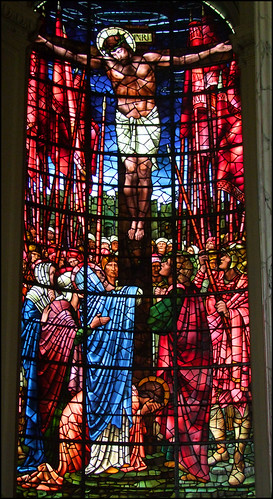Liars and Loopholes
Subterfuge in Art
Curated by Tessia Phillips
 |
| Van Eyck, The Wedding Portrait, 1434 |
Van Eyck always wins with the subtleties. Every mundane or simple object pictures represents something of sanctity. The mirror pictured behind the couple reflects the minister, or perhaps the artist, while oranges to the left of the groom symbolize fertility. Van Eyck does not need to paint the artist directly, because he finds his way around the conventions of the story with the mirror. He also does not need to explicitly announce the bride’s pregnancy, because though her oversized dress could be interpreted as simply the style of the day, the fertility fruit says what Van Eyck cannot.
Ability to symbolize the sanctity of marriage with clogs, a dog, and a broom, is a rare gift possessed by Van Eyck - and this piece specifically. The common dog name “Fido” derives from the Latin word meaning “to trust.” The small whisk brook symbolizes domestic care, while the cast aside clogs indicate that the marriage is taking place on holy ground. Van Eyck masters complexity in mundanity in order to achieve maximum impact with minimal, but precise detail.











